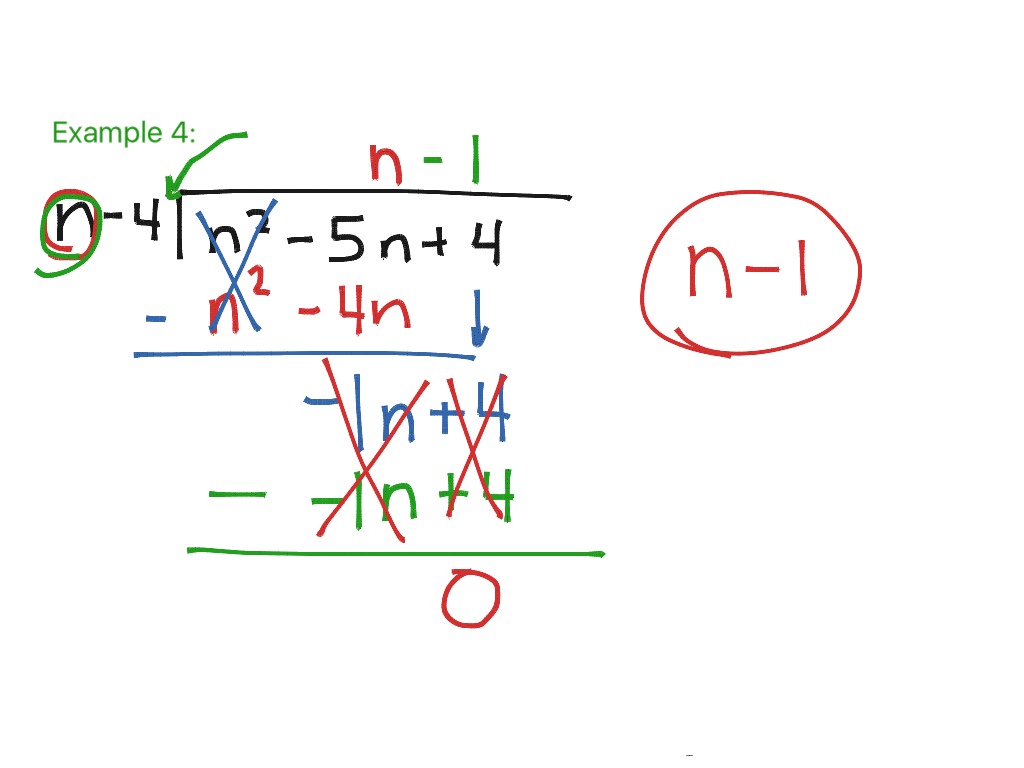

The conventional 30-year home mortgage is priced slightly above the rate of the 10-year Treasury bond. As the Federal Reserve increased the Federal Funds rate it has also lifted rates across the duration curve.

Rates remained pinned to the floor until they were gradually lifted from December 2015 until present day. In the wake of the Great Recession on Decemthe Federal Reserve lowered the Federal Funds rate down to between 0.00% to 0.25%. This means the 63% of homes across the United States with active mortgages at the time had around $8.956 trillion in equity. Through the middle of 2018 homeowners saw an average equity increase of 12.3%, for a total increase of $980.9 billion. homeowners saw an average increase of equity of $16,200 for the past 12 months, while key states like California increased by as much as $48,000. CoreLogic estimated that in the second quarter of 2018 U.S. As of the end of the second quarter of 2018 only 2.2 million homes, or 4.3% of mortgaged properties remained in negative equity. Rising Home EquityĪfter the Great Recession many United States homeowners were in negative equity, with 26% of mortgaged properties having negative equity in the third quarter of 2009. From the select box you can choose between HELOCs and home equity loans of a 5, 10, 15, 20 or 30 year duration.

Our rate table lists current home equity offers in your area, which you can use to find a local lender or compare against other loan options. However, we first evaluate the second operation rather than the initial one since the precedence of the multiplication is higher than the one of the sum.Homeowners: Leverage Your Home Equity Today From the left? From the right? In this case, we start from the left.
#Reverse tabular method calculator how to
But how to evaluate it?įirst thing, we have to know where to start. It may look a bit more complicated, even if more familiar and regular. So how would we write the same expression in infix notation? Easy - it's 3 + 4 × 5 − 6 3+4\times5-6 3 + 4 × 5 − 6. The other situation is right-associative, and the operators are enclosed in brackets from the right. Traditionally, all of the binary operators (acting on two operands, like multiplication, addition, and so on) are left-associative, which means that the operators are grouped from the left.

Which one is correct? The answer is "it depends". Addition and subtraction have the same precedence, and according to how we place brackets, we can get two different results: ( 7 − 4 ) + 2 = 5 (7-4)+2 = 5 ( 7 − 4 ) + 2 = 5 or 7 − ( 4 + 2 ) = 1 7-(4+2)=1 7 − ( 4 + 2 ) = 1. In which order should they be evaluated? It is necessary to introduce the concept of associativity - note that this is not the same thing as the property of operations like the distributive property! If you need to refresh you knowledge, don't hesitate to take a quick look at Omni tools: The last rule is used when two or more operators with the same precedence appear in the same expression. How to use our Polish notation converter.The elements of an arithmetic notation.Let's find out! Keep on reading to learn more about Polish notation and reverse Polish notation. But are you sure that's the best way to write equations? The order in which we write every operation is one of these conventions: the one everyone knows is called infix notation. 7?), doing long division in primary school, up to university, where a curvy line starts to represent integration. From a very young age, we learn the basics of this - from the idea of a number (without breaking your brain in the process, can you explain why 7 means. Mathematics is a matter of notations and conventions, symbols, and representations of abstract concepts on a blackboard. There are other ways to write operations than the standard "symbols-between-numbers" fashion: with our Polish notation converter, you'll learn all about them!


 0 kommentar(er)
0 kommentar(er)
